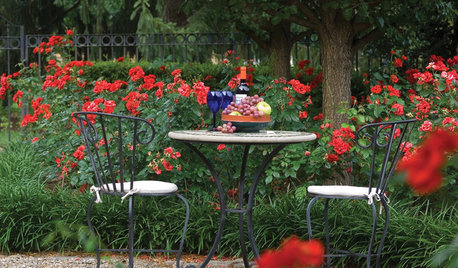fulvic acids humic acids
emmaF
19 years ago
Related Stories

GARDENING GUIDESLearn the Secret to Bigger and Better Roses
Grow beautiful roses using both ordinary and unusual soil amendments
Full Story
GARDENING GUIDES5 Red Roses to Stir Garden Passions
Show your devotion to color, scent and more with these regal landscape beauties
Full Story
GARDENING AND LANDSCAPINGThe Unique Challenge of Restoring a Hurricane-Hit Historic Garden
Landscape pros design for resiliency as they replant and rebuild the flood-damaged gardens at Florida’s Cummer Museum
Full Story






adrianag
emmaFOriginal Author
Related Professionals
Holly Springs Landscape Architects & Landscape Designers · Belmont Landscape Architects & Landscape Designers · Eden Prairie Landscape Architects & Landscape Designers · Waterbury Landscape Contractors · Bedford Heights Landscape Contractors · Camp Verde Landscape Contractors · Coeur d'Alene Landscape Contractors · Florham Park Landscape Contractors · Galt Landscape Contractors · Milton Landscape Contractors · Northbridge Landscape Contractors · Paso Robles Landscape Contractors · Snoqualmie Landscape Contractors · Tinton Falls Landscape Contractors · Vermilion Landscape Contractorsjordung
hank_mili
NLG1
zipper3
hank_mili
dontsleep
paulkeating6_022_gmail_com
Billy Moreno
Shari Humphries Carroll